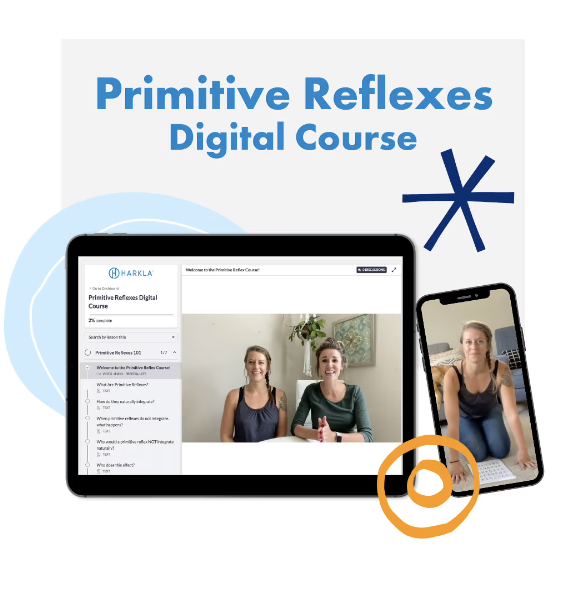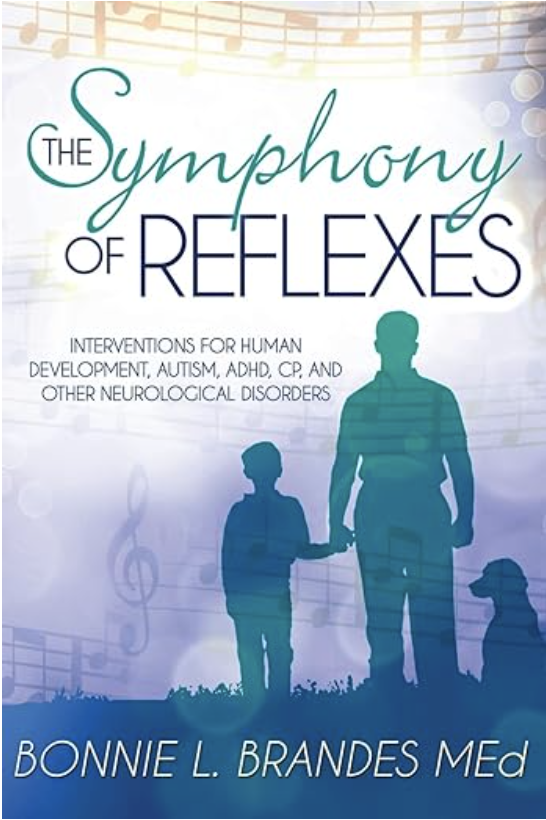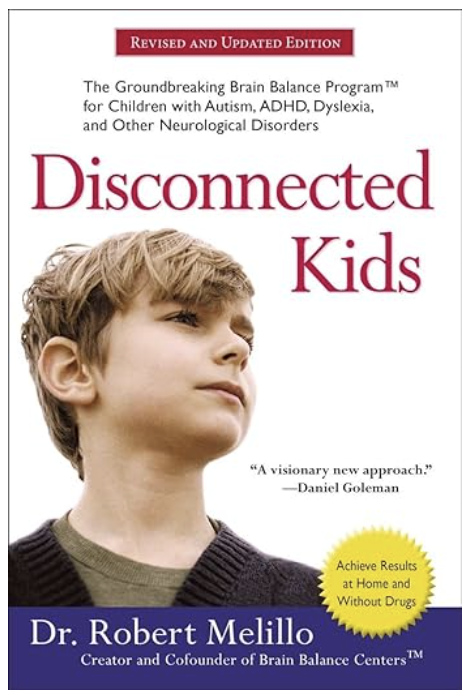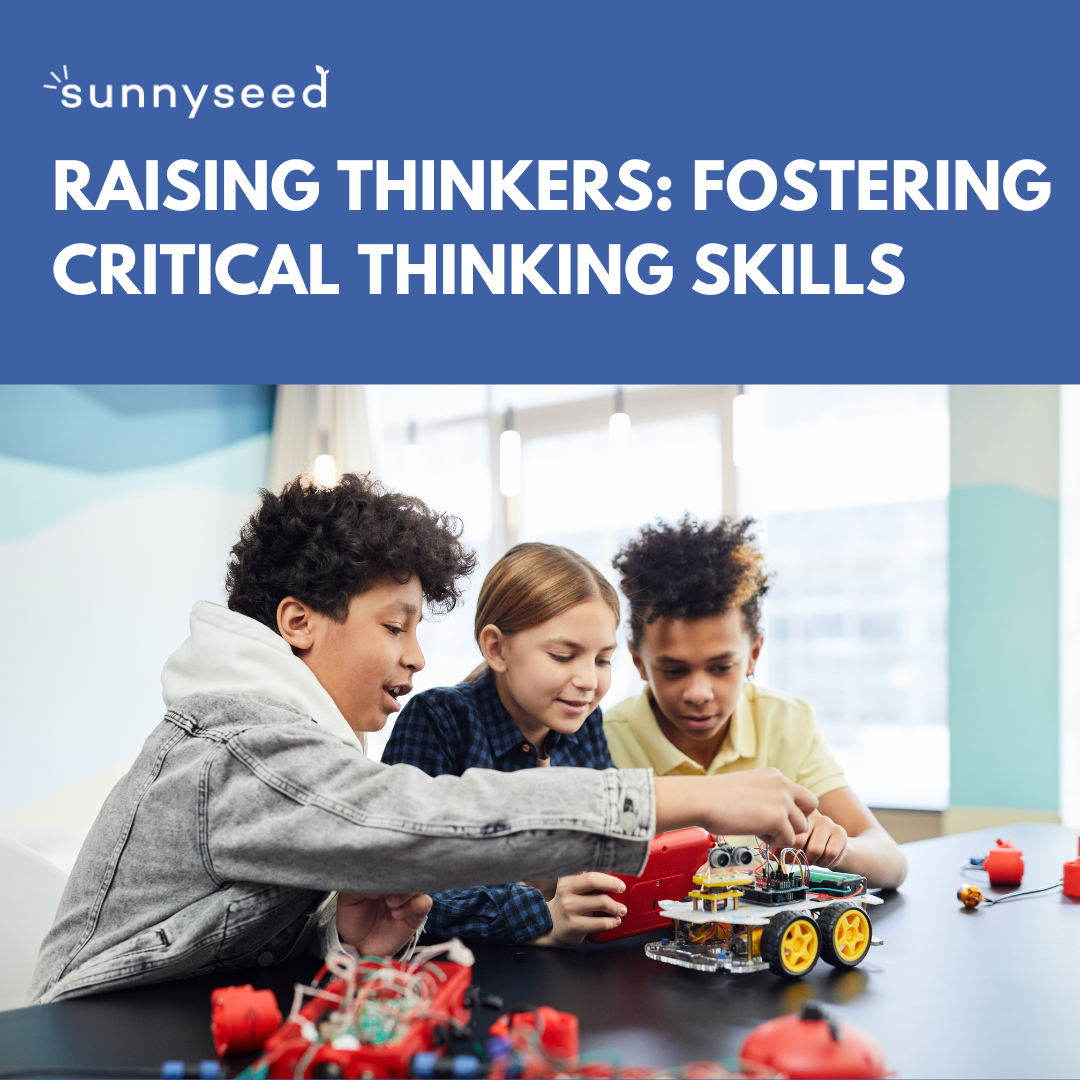How the Brain & Body Impact Learning & Reading
Learning to read is not natural. It’s a code we invented and a reader’s job is to learn and apply that code. It is a very complex process, involving four main areas of the brain. Proper brain function and hemisphere balance is essential for skilled reading to occur. Since the brain develops from the bottom up, sensory-motor function and reflex integration are essential for skilled reading. This blog post explores key features of the brain and body impact on learning and reading.
When areas of the brain are underdeveloped, it can cause a cascade of issues to include:
visual processing
hand-eye coordination
focus
ADHD
emotional dysregulation
anxiety
learning challenges
difficult behaviors
sensory issues
and more
Reading interventions do not get to the root and work effectively when kids have weak connections. The body and brain need exercises to strengthen weak and underdeveloped areas. Only then can effective reading interventions work effectively to help children succeed and reach their optimal potential!
CORE STRENGTH
When kids complain letters bounce or blur together when reading, we should see if they have a weak core. When core muscles are weak, other muscles in the body have compromised coordination.
eye tracking
proprioception
posture
vestibular system
hand-eye coordination
Brain scans have shown kids with high IQs and academic performance have a thick corpus callous, which joins the left and right sides of the brain for optimal brain hemisphere communication! This area of the brain is strengthened by core exercises, and crossover exercises like crawling.
Conversely, when this area of the brain is not strong, the two brain hemispheres have difficulty communicating well. This is frequently the case in reading disorders where reading is taking place on the right side of the brain rather than in the language centre which is found on the left side of the brain.
BALANCE
Balance requires the engagement of all the senses, to include the vestibular system and proprioceptive system, as well as muscle and joints.
The vestibular system sends information from the nervous system to the eyes which in turn regulates and stabilizes the movement of the eyes. When balance, coordination, and stability of the eyes is poor, children can struggle with difficulty tracking words in a sentence, hand-eye coordination, copying words from the board, reversing letters or numbers, or complain letters move/blur.
BRAIN HEMISPHERE IMBALANCE
“A healthy brain develops between left and right hemispheres as genes respond on cue to environmental and sensory stimuli at a specific time in a child’s growth.” - Dr. Robert Miellio, Disconnected Kids. When one hemisphere of the brain is slower, the brain cannot communicate accurately.
Each side of the brain responds differently to stimulation.The hemisphere’s synchronicity and timinig “is the foundation of all thinking, movement, behavior, sensory response, and vital functions.”
Functional Disconnection Syndrome (FDS) includes a spectrum of behavior and learning disabilities resulting from an imbalance in the developing brain, and the symptoms vary depending on the side of the brain that is growing too slow or too fast. “It’s mostly an environmentally caused dysfunction that can be corrected through sensory-motor and academic exercises and a change in diet.”
The brain’s ability to change through neuroplasticity is fascinating, and brings so much hope! Strengthening the weaker brain hemisphere can have a profound impact on a child’s behavior, academics, emotions, physical abilities, and sensory integration.
To learn more, start here!
BILATERAL COORDINATION
Poor bilateral coordination can cause difficulty tracking, reading, comprehending, and expressing language.
Bilateral coordination is the use of both sides of the body together to perform a task. This can mean using. the two sides of the body for the same action (like erasing a snowman, using a rolling pin) or using alternating movements (like riding a bike or climbing stairs).
Academic skills rely on good bilateral integration, brain hemisphere balance, and solid midline crossing development. Without the ability to cross the midline smoothly, a child can struggle with reading and writing.
RETAINED REFLEXES
Does your child skip words while reading? Retained reflexes can impact speech, language development, visual and auditory processing, attention, coordination, and more! Reflexes are automatic, involuntary movements that are typically present in infants and are necessary for survival and early development. When a primitive reflex integrates, it makes way for new, more mature movement patterns and higher-level learning to develop.
However, in some individuals, certain reflexes may persist beyond their expected developmental timeframe. These are referred to as retained reflexes and can “disturb natural development and involve difficulties in social, educational, and psychomotor development” (source).
Common Symptoms of Retained Reflexes
Trouble Reading or Learning
When reflexes are retained the foundation of the nervous system is not fully developed. This needs to be developed in order for the higher level "thinking brain" is able to comprehend the world. More on this below!
Delayed Milestones
Delayed milestones (rolling over, crawling, walking, talking), which can have significant impacts on the development of a child's motor skills, sensory systems, and cognition
Low Muscle Tone
Low muscle tone is a neurological sign that something is off
Brain-Body Disconnect
When reflexes are retained, the brain does not have full body awareness or intentional control over the body. It continues to move in an automatic manner (reflex) according to specific sensory stimuli
Behaviors/Emotional Disregulation
It's quite common for children with retained reflexes to live in a "fight or fight" state because the lower level brain area is in control
Sensory Processing Issues
Sensory input is the stimulus that initiates the automatic motor response of a reflex; they are intertwined
some ways in which retained reflexes might impact learning
Motor Coordination and Control:
Retained primitive reflexes can affect motor coordination and control. If reflexes that should have integrated persist, they may interfere with fine and gross motor skills. This can impact activities such as handwriting, posture, and overall physical coordination, potentially affecting the ability to participate effectively in learning activities.
Sensory Processing:
Some retained reflexes may influence sensory processing. Sensory integration is crucial for efficient learning. If there are challenges in processing sensory information, it can affect attention, focus, and the ability to engage in learning tasks.
Emotional Regulation:
Reflex integration is linked to emotional regulation. Persistent primitive reflexes might contribute to difficulties in emotional regulation, potentially impacting the ability to manage stress and maintain a positive emotional state for optimal learning.
Attention and Concentration:
Reflex-related challenges may affect attention and concentration. If there are disruptions in the integration of reflexes, it could lead to difficulties in sustaining attention during learning activities.
Reading and Writing Skills:
Reflexes related to eye movement and coordination can influence reading and writing skills. Challenges in these reflexes may contribute to difficulties with tracking words on a page or maintaining proper eye-hand coordination during writing.
A retained Moro Reflex, TLR Reflex, and ATNR Reflex are most commonly associated with reading difficulties. 50% of kids that retain the Asymmetrical Tonic Neck Reflex (ATNR) struggle with Dyslexia. A large majority of children with ADHD were found to have a retained Landau reflex and Spinal Galant Reflex.
VISUAL PROCESSING
Research suggests around 30% of struggling readers have a deficit in visual processing. The eye muscles must coordinate a complex range of visual and motor skills, across four different domains in their brain. By controlling focus, sustaining alignment, controlling eye movement and syncing everything together in the brain, we are able to make sense of written words.
We shouldn’t be expecting kids to read prior to around age 6, which is when the ability to visually track tiny letters on a page emerges. However, there are exercises we SHOULD be doing to help kids strengthen their visual skills before they begin to learn how to read.
DIFFICULTIES IN VISUAL TRACKING
losing place when reading (re-reads or skips words in a line)
substitutes or confuses similar words when reading
reverses letters (b, d, p, q)
poor reading comprehension
short attention span
misaligning the numbers in math problems
difficulty copying a list
SIMPLE ACTIVITIES TO STRENGTHEN EYE TRACKING
“I Spy” game
play catch
highlight a specific letter
place a marble in a bowl and watch the marble as you rotate the bowl
trace letters or pictures
roll a ball (or two) across a table and have the child catch the ball using a cup
place stickers on dots
draw lines to match stickers
pattern blocks
TARGETED PRACTICE
WIDE EYE STRETCH - Keeping the head still, have your child look up as far as they can and hold for 3 seconds. Then look as far to the upper right corer and hold position for 3 seconds. Continue around clockwise, holding each position for 3 seconds: right, lower right, straight down, lower left, left, upper left.
SLOW EYE - hold a pencil about 16 inches away from your child’s nose. Keeping the head still, slowly move the pencil in a line, back and forth. Then repeat with a vertical line, diagonal, and figure eight.
NEAR FAR FOCUS - hold a pencil in front of your child (about 6 inches from the face). Have your child quickly shift focus from the pencil (near) to something far on a wall (like a frame). Repeat quickly back and forth about 10 times.
EYE ALIGNMENt - this is very difficult, so do not expect mastery right away. Hold a pen about 2 feet away from your child’s nose. Slowly move the pen in towards the child’s nose. The eyes should move together to track the object, and eventually look cross-eyed. Then slowly move the pen away from their nose back to starting position.
NUTRIENTS
The following nutrients play a crucial role in overall brain health and cognitive function:
Omega-3 Fatty Acids
Fatty acids are essential for brain development and function. Research has shown children with dyslexia, ADHD, and dyspraxia commonly have deficient levels of long chain fatty acids. Found in fatty fish (such as salmon and trout), flaxseeds, Rosita Cod-Liver Oil, and walnuts.
Visual function in dyslexia improved by fatty acid treatment
Abnormal brain lipid metabolism in dyslexia revealed by brain imaging
Clinical signs of fatty acid deficiency in dyslexia
Vitamin D
Sunlight exposure, fatty fish, and fortified foods are good sources of vitamin D. Vitamin D is important for overall brain health and immunity.
Dyslexia:
A study published in the "Journal of Photochemistry and Photobiology B: Biology" (2017) explored the relationship between vitamin D deficiency during pregnancy and the risk of dyslexia in offspring. The study suggested that inadequate maternal vitamin D levels might be associated with an increased risk of dyslexia in children.
Autism Spectrum Disorder (ASD):
Research published in "Scientific Reports" (2017) investigated the link between vitamin D levels during early development and the risk of ASD. The study suggested that lower vitamin D levels during gestation and early childhood may be associated with an increased risk of ASD.
Attention-Deficit/Hyperactivity Disorder (ADHD):
Some studies have explored the potential role of vitamin D in ADHD, but the evidence is not as robust. A study published in the "Journal of Nutrition" (2019) found an association between low vitamin D levels and ADHD symptoms in a group of Iranian children.
Iron
Essential to processing, reasoning, focus and memory, iron deficiency can lead to cognitive impairments.
The best source of heme iron is found in high quality red meat. Non-heme is much harder for humans to absorb and requires high levels of vitamin C for absorption, A vegan or vegetarian diet is strongly discouraged for children and their developing brain! I personally am very hesitant about iron supplementation and it’s impact on the immune system.
We purchase: pasture-raised, organic, grass fed & grass finished protein.
Zinc
Zinc is involved in the regulation of neurotransmitters, neuronal plasticity and the regulation of synaptic transmission, which is the process by which nerve impulses are communicated between neurons. Proper synaptic function is critical for efficient learning and cognitive performance.
Adequate zinc levels are important for the proper functioning of the hippocampus, a brain region crucial for the formation of new memories and learning
Protein and amino acids help the absorption of zinc, which is found in meat, (real) dairy products, and nuts. However, phytates, which are found in some plant-based foods like grains, seeds, and legumes, can bind to zinc and reduce its absorption. Soaking, fermenting, or cooking these foods can help reduce the phytate content and improve zinc absorption. In addition, high levels of calcium, iron, or copper can interfere with the absorption of zinc.
Magnesium
Magnesium is an essential nutrient responsible for over 300 biochemical functions in the body and brain. Approximately 70-90% of the population is deficient, likely because of mineral depletion in soil and water. Magnesium deficiency affects nerve transmission and results in decreased neuromuscular control.
A study published in the "Journal of the American College of Nutrition" (2004) investigated the relationship between magnesium intake and cognitive function in children. The study suggested that higher magnesium intake was associated with better cognitive performance.
Magnesium and ADHD: A review published in "Magnesium Research" (2012) discussed the potential role of magnesium supplementation in alleviating ADHD symptoms.
Magnesium and Memory: Research published in the "European Journal of Clinical Nutrition" (2018) examined the association between magnesium intake and memory function in school-age children. The study suggested that higher magnesium intake might be beneficial for memory.
Magnesium and Learning Disabilities: A study published in the "Magnesium Research" journal (2006) explored the relationship between magnesium status and learning disabilities in school-age children. The findings suggested that magnesium deficiency might be linked to learning difficulties.
Consider a water purification system and safer toothpaste to reduce fluoride. Fluoride in our water also depletes magnesium. Fluoride binds to dietary magnesium and interfere with absorption of magnesium in the gut.
Magneisum Rich Foods: Spinach, chard, leafy greens, cashews, pumpkin seeds, yogurt/kefir, almonds, avocado, black beans (soaked), dark chocolate, banana, potatoes
I prefer to apply Earthly’s Good Night Lotion on the back of my kid’s legs or Jigsaw Magsoothe.
PROBIOTICS
Our gut lining, known as the second brain, houses around 200 to 600 million neurons (think brain cells). The bacteria in the gut, collectively known as the gut microbiota, play a crucial role in producing certain vitamins and neurotransmitters, such as B Vitamins, Vitamin K, Dopamine, and Serotonin. Dopamine is a neurotransmitter associated with motivation, pleasure, and reward. Serotonin is associated with mood, appetite, and sleep. It also contains most of your child’s genetic coding. In short, a diverse microbiome, rich in healthy bacteria supports brain function!
My favorite probiotic is SEED DS-01 Daily Snybiotic. Use code sunnyseed to save.
B Vitamins
B vitamins are involved in DNA synthesis and repair, processes that are crucial for the growth and development of cells, including brain cells. Adequate levels of B vitamins support neurogenesis (the formation of new neurons) and the maintenance of the overall structure and function of the nervous system.
B vitamins are involved in the synthesis and regulation of neurotransmitters, which are chemical messengers that transmit signals between nerve cells in the brain.
They help convert nutrients from food into energy that the brain cells can use. Adequate energy supply is essential for maintaining alertness, concentration, and overall cognitive function, which are key aspects of the learning process.
Ensure your vitamins contain folate, not folic acid, which is synthetic and causes significant complications for those with the MTHFR genetic mutation (estimated 30-40% of the population).
Foods like leafy greens, whole grains, and lean meats are good sources. I really like beef liver from Perfect Supplements and Paleo Valley.
PROTEIN
Protein is crucial for children's brain health, neurotransmitter function, energy supply, and cognitive performance.
Studies show a high quality protein-rich diet is is associated with improved cognitive performance, including better memory, attention, and problem-solving skills.
Best sources of protein with full amino-acid profile include organic pasture-raised eggs, organic pasture-raised chicken, grass-fed and grass-finished beef, organ meats, organic pasture-raised turkey, organic wild sardines, and wild-caught salmon.
We can nurture the WHOLE child!
Medical Disclaimer:
The information provided on SUNNYSEED is not a substitute for professional medical advice or treatment for specific medical conditions. You should not use this information to diagnose or treat a health problem without consulting a qualified healthcare provider. SUNNYSEED is not liable for how the information is used and cannot be held responsible or guarantee any results.













